Continue to firmly consolidate the defensive position and build the offensive position.
On the night of April 4, 1954, Regiment 165 (Division 312) attacked stronghold 105. This was one of the enemy's important strongholds protecting Muong Thanh airport. The battle was fierce, from the night of April 4 to the morning of April 5, we destroyed a part of the enemy's forces, occupying 3/4 of the stronghold. The enemy mobilized a battalion and 5 tanks from Muong Thanh to rescue. Due to the lack of close coordination between the units, our troops only destroyed a number of enemies and were not strong enough to hold the position. By 8:00 a.m. on April 5, the enemy recaptured stronghold 105.
On the morning of April 5, 1954, after more than 6 hours of fighting, we recaptured bases E, D1, C1, 106 and 311, moved the attack and siege positions deeper but had not yet captured bases A1, C2 in the East of Nam Ron and base 105 in the North of the airport.
The second attack of our army on the Eastern area ended. According to the direction of the Campaign Command, to firmly hold the captured footholds, the 312th Division received orders to continue to firmly consolidate the defensive positions on hills D and E; build attack positions on heights 105, 203, 204 and the Thai Battalion No. 2; coordinate with the 308th Division to build a trench across Muong Thanh airport in the South and consolidate the combat positions.
Our shock troops attack an enemy position on Hill C. Photo: Archive
For our army, from the very beginning, the Campaign Command affirmed the great role of the offensive and siege positions in the campaign to attack this group of strongholds. The actual developments of the Dien Bien Phu campaign have proven the correctness of that affirmation. Building the positions is also a real application of the motto "Fight firmly, advance firmly" in the conditions of large-scale fortification operations. Only by building a solid position and advancing closer and closer to the enemy can we overcome their strengths in aircraft and artillery, and create conditions for our large units to approach and destroy the enemy.
Building the battlefield and tightening the siege creates conditions for us to simultaneously deploy all of our firepower to destroy the enemy, for ground artillery and anti-aircraft artillery to deploy and deploy firepower to control the airport, control the airspace, and limit the enemy's supply and reinforcement more effectively.
With a positive spirit, overcoming all difficulties and hardships, in a short time, the system of trenches and trenches gradually extended deeper into the strongholds and clusters of strongholds, forming a "noose" that tightened the enemy's throat every day. The system of attack and siege positions constantly approached and directly threatened the enemy, in some places only a few dozen meters away from the enemy's position. Some high points in the East controlled by our army became solid defensive positions, along with artillery and mortar positions, constantly threatening the enemy in the Muong Thanh sub-sector.
Thanks to the carefully prepared system of battlefields and trenches and the brave fighting of the troops, when attacking stronghold 105 for the second time (from the night of April 18 to the morning of April 19, 1954), Regiment 165 controlled the battlefield, destroyed and captured more than 100 enemies.
Campaign Command prepares for the second round of review conference
Also on April 5, 1954, the Campaign Command prepared for the second round of the conference. The summary reports of each agency were carefully prepared, went through many exchanges and discussions, and were finally completed after the Party Committee's resolution assessing the situation after the battle.
Assessing the situation after the battle, in the book “General Hoang Van Thai: General Works” it is written: “In the concluding report of the Secretary on behalf of the Party Committee of the Front, it is assessed that our victory was very great. Our army destroyed 4 enemy strongholds on the high points in the East, destroyed and forced the surrender and withdrawal of two positions in the West, narrowed their occupation area in the West and North of the airport, and destroyed an important part of the enemy’s elite forces. The troops have matured an important step in the large-scale attack to destroy solid fortifications. That victory was achieved thanks to the correct policy, motto and combat plan, and the brave fighting spirit of the cadres and troops”.
On the enemy side, as the French generals later commented, they suffered "very high losses". In the book "History of the Indochina War", the part about "the battle of over 5 exchanges" author Y.Gras said: "The direction of the battle (of the French side) was dominated by the anxiety of how to limit the losses that were very difficult to compensate. A legionnaire battalion and paratroopers in the center had only 300 men left. The artillery only had enough ammunition for one night of fighting... A temporary break became necessary and the French again had hope of saving Dien Bien Phu...".
On our side, we also encountered many difficulties. We had to quickly replenish our troops, and ammunition had been depleted considerably during the recent fighting. Food for the troops became increasingly scarce, because the rainy season came early and the enemy increased attacks on the routes leading to the front. We had to continue fighting the enemy with soldiers who had spent years marching, working and fighting, and with units that would have many new soldiers who had not yet experienced combat, in order to both further exploit the enemy's weak points and limit our casualties, creating conditions for a general offensive to end the fate of the Dien Bien Phu porcupine.
Our determination is to destroy the Dien Bien Phu stronghold, even if the battle must be prolonged. The best way is to find the optimal combat plan, with the highest effort in all aspects, to destroy the stronghold as soon as possible, at the right time. Such a victory will coordinate well with our diplomatic struggle in Geneva, avoid difficulties caused by summer floods and defeat all new sinister plots of France and the US.
In the second round review conference held the following day, April 6, 1954, the Front Party Committee decided to continue the tasks set for the second round of the campaign. That was to complete the capture of the eastern defensive heights, tighten the offensive and siege positions, capture the central airport, and completely cut off the enemy's supply and reinforcement lines, actively destroy and wear down the enemy's forces, narrow the area of occupation, and create conditions to switch to a general offensive, destroying all enemy troops. The sure path to victory was to quickly tighten the fire encirclement, bringing the trench positions close to the center of the stronghold group.
According to VNA
Source




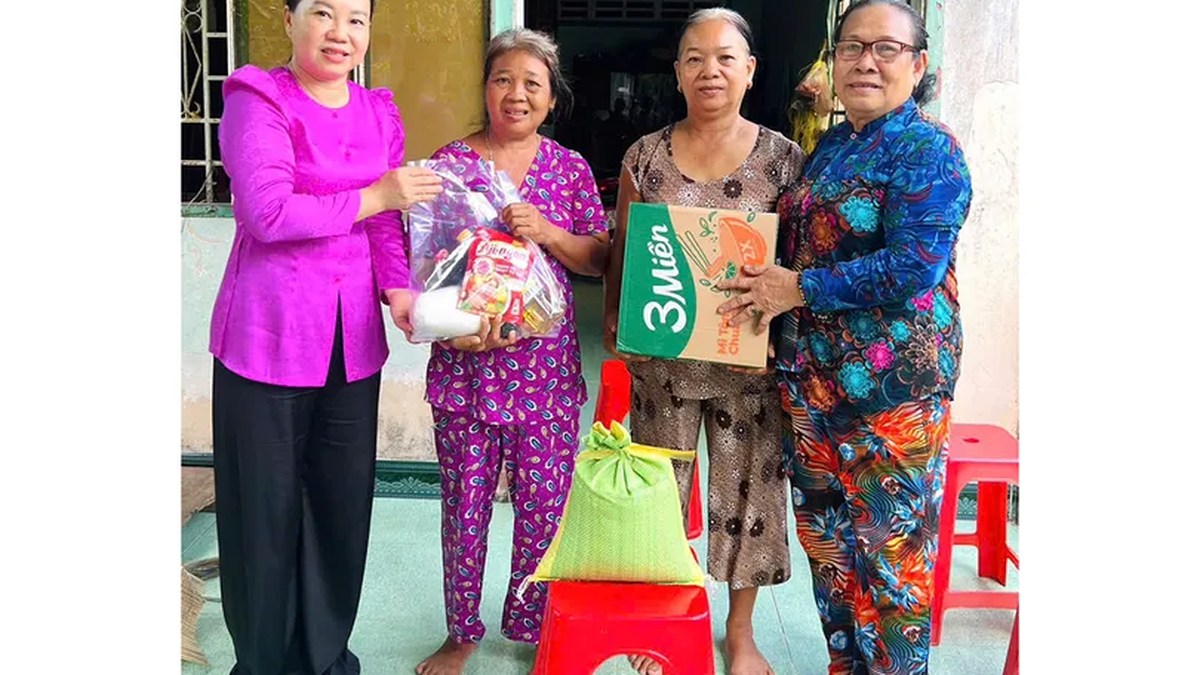
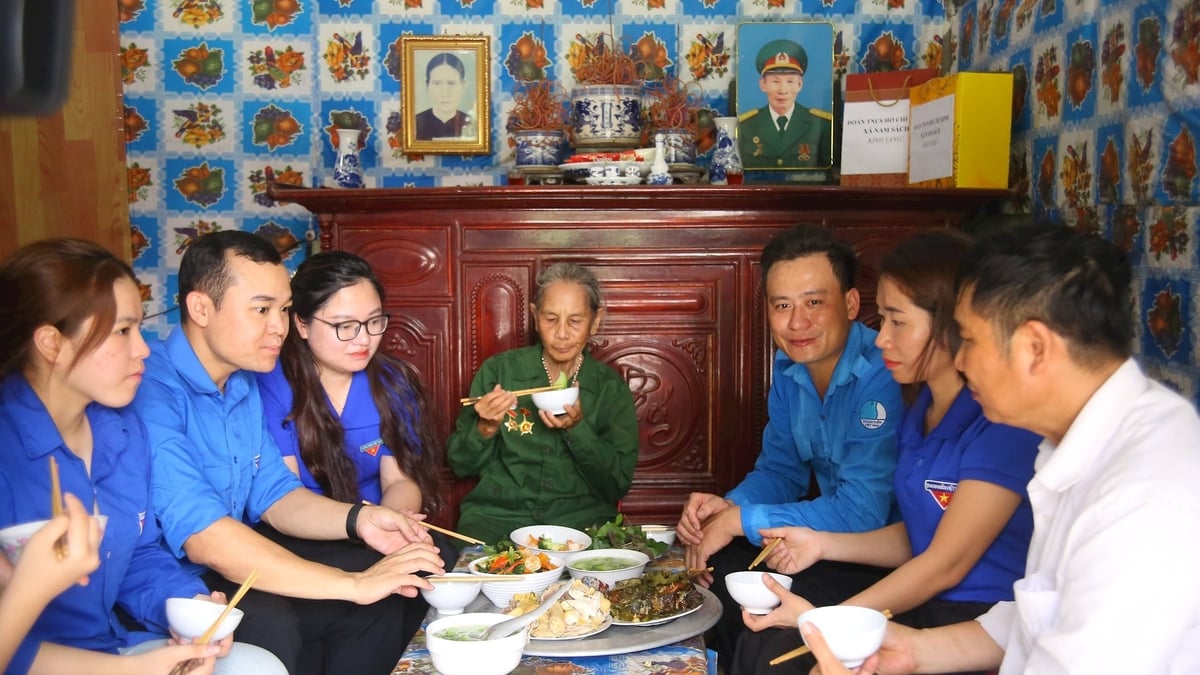
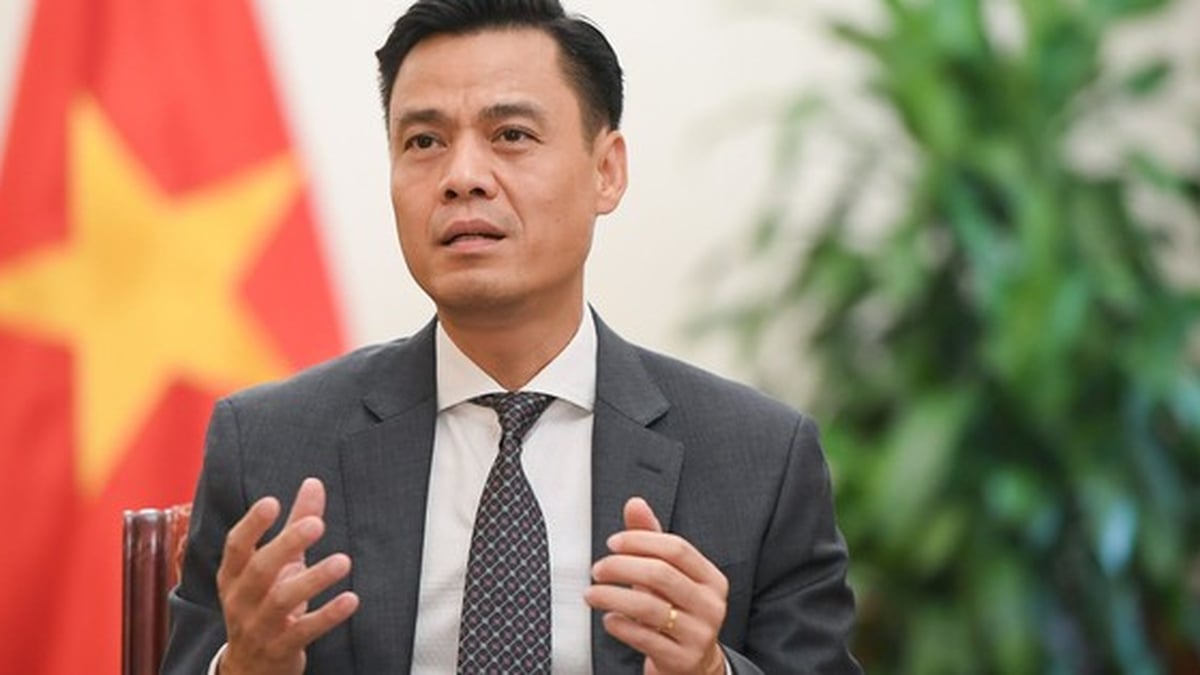
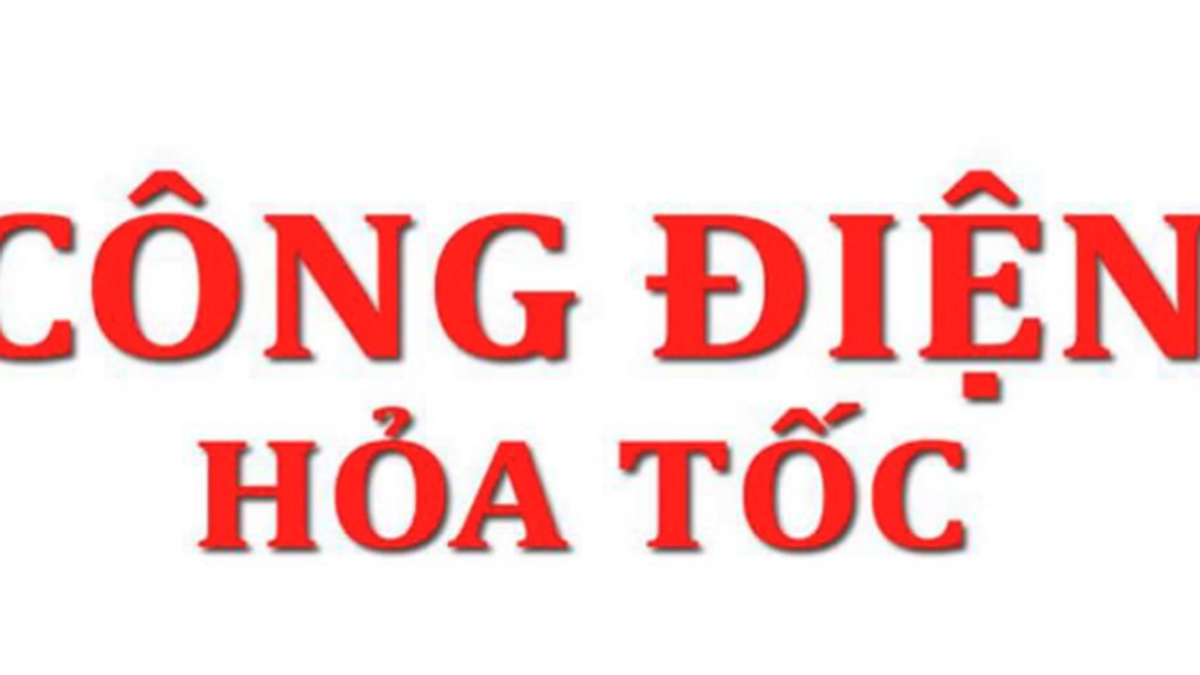
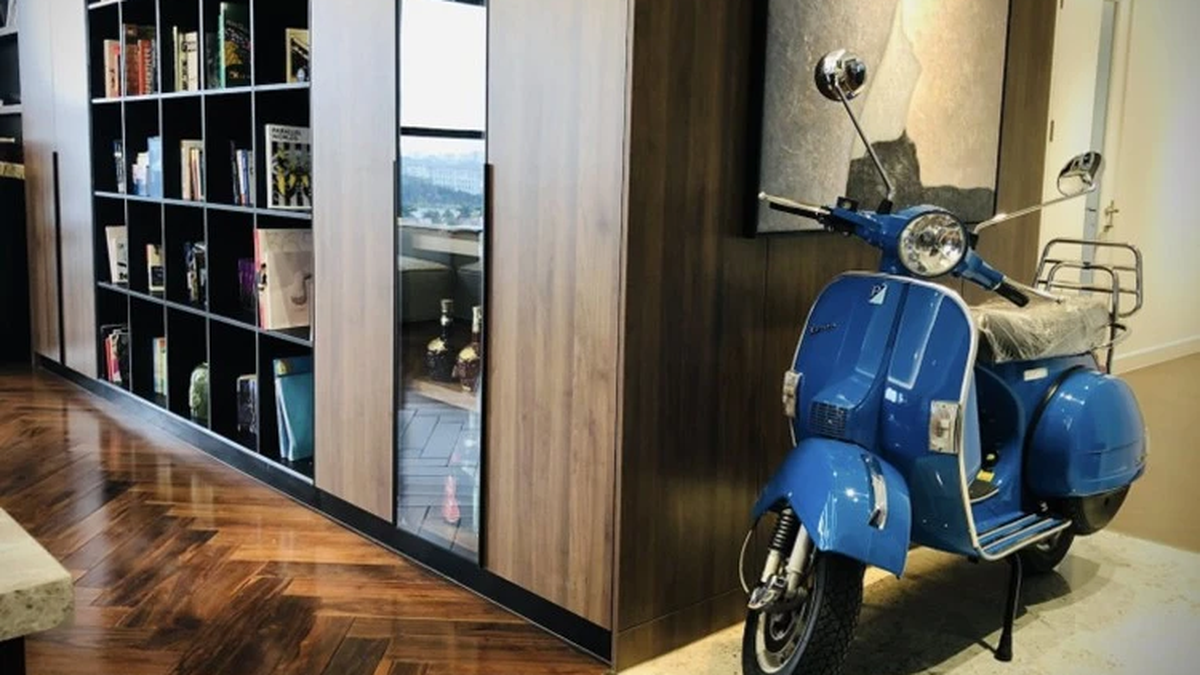
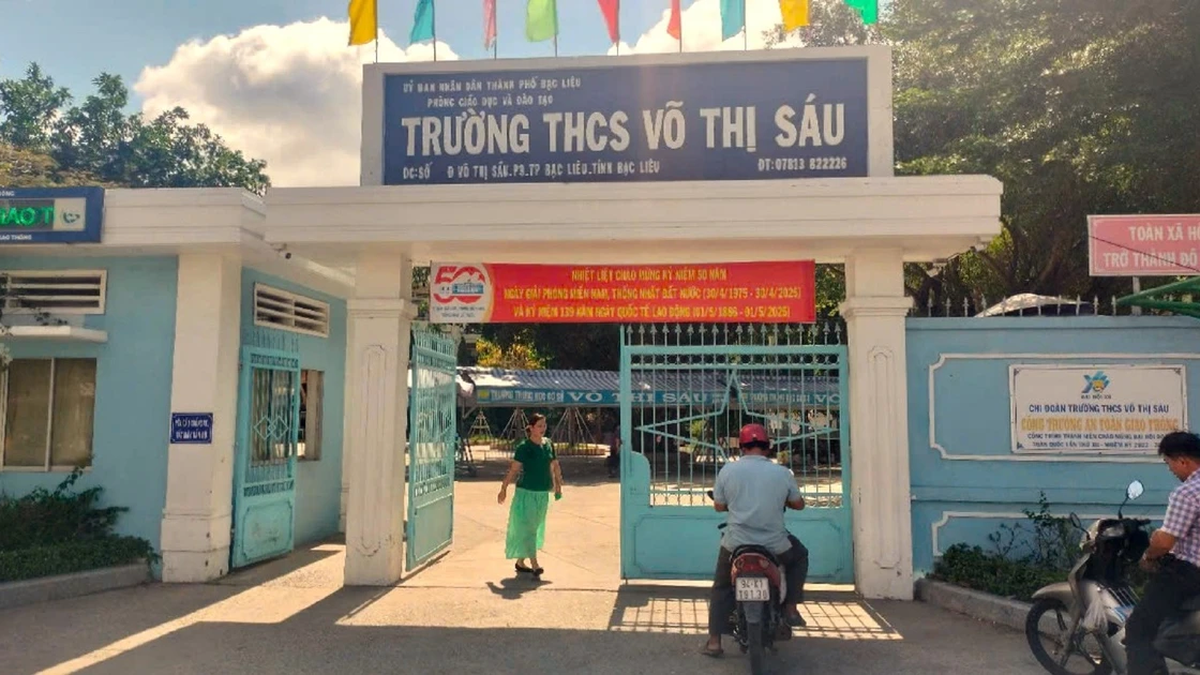
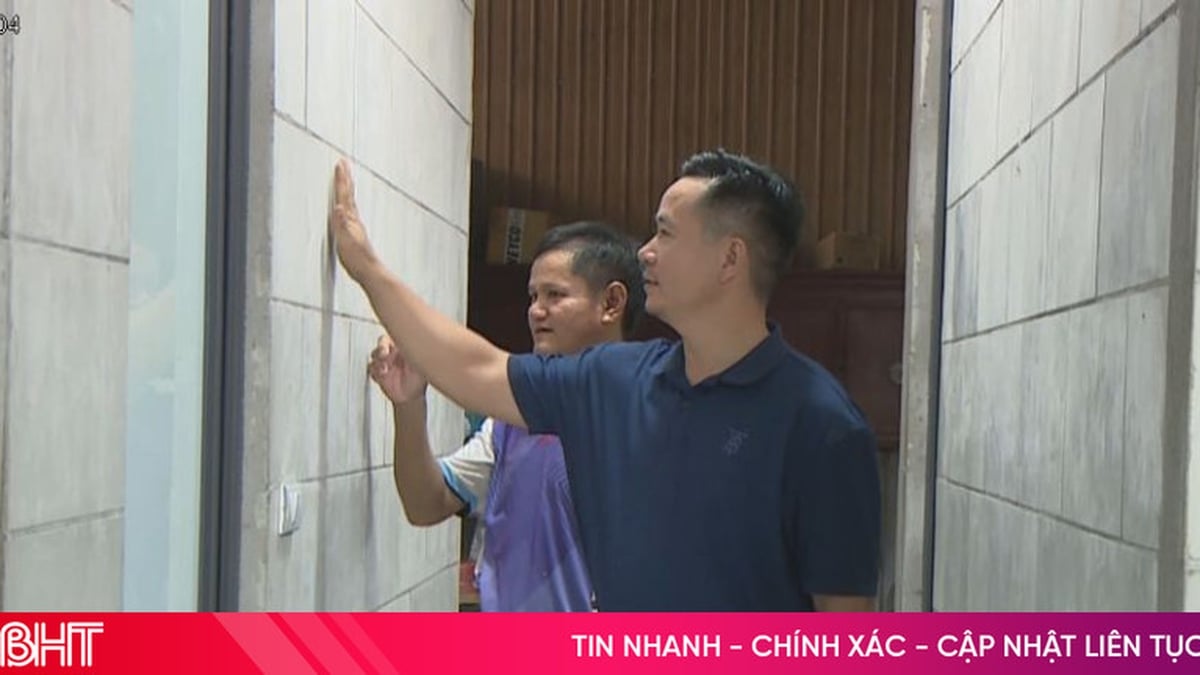

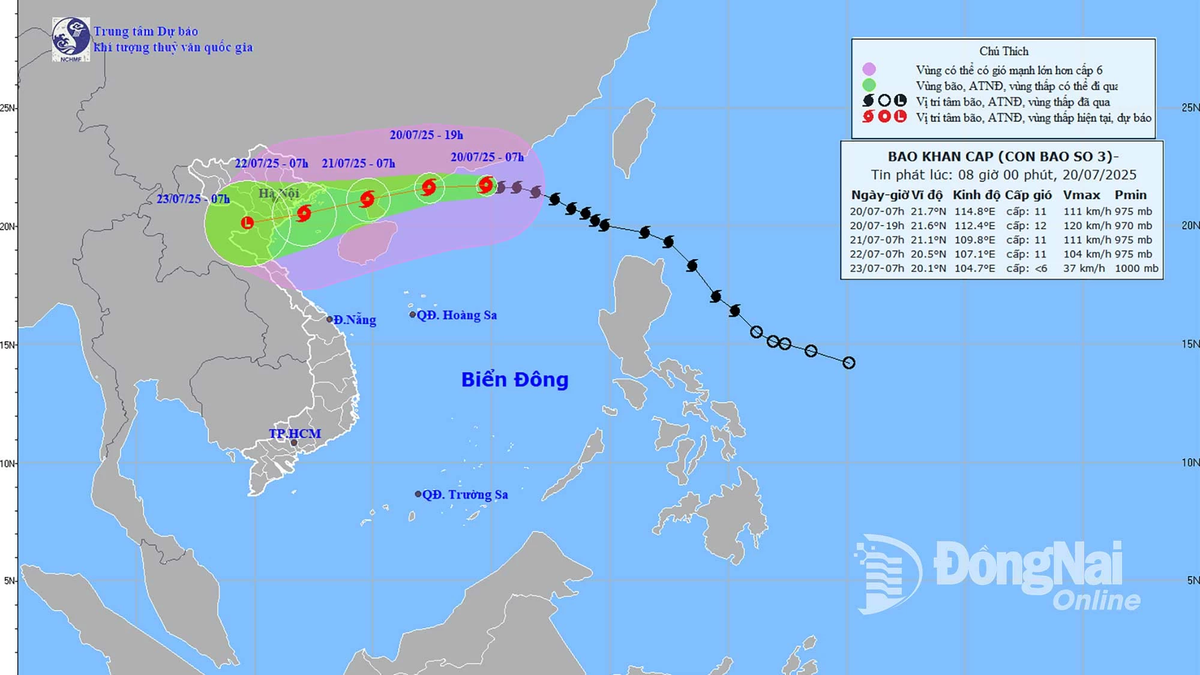














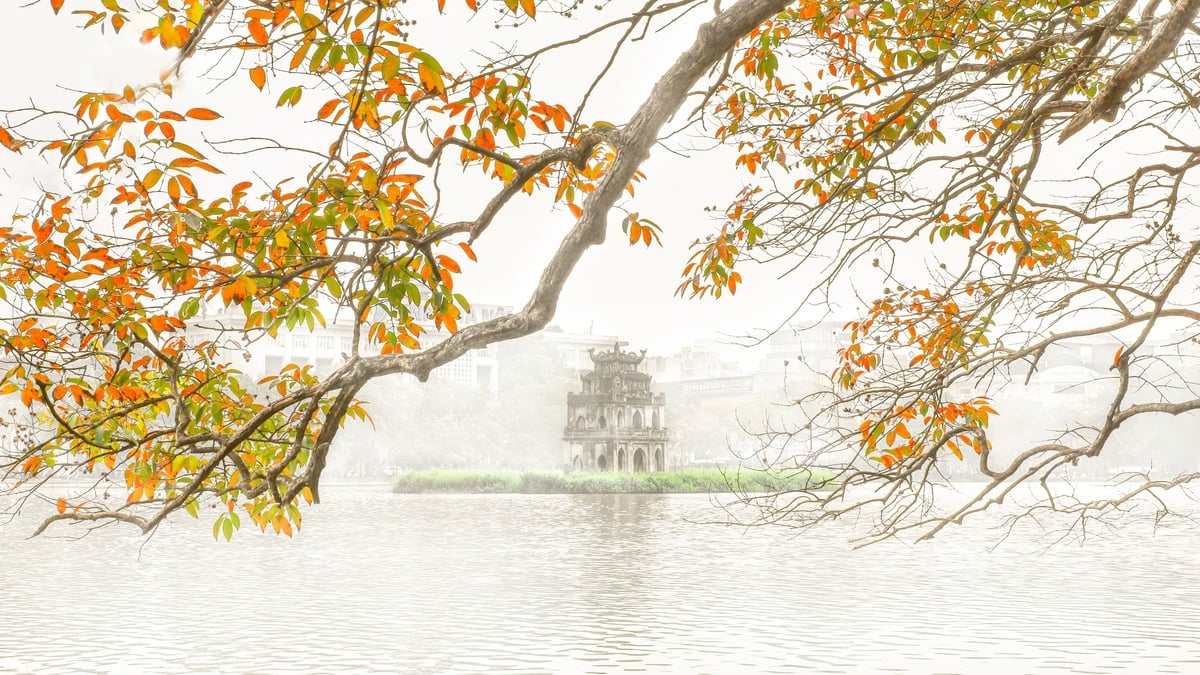


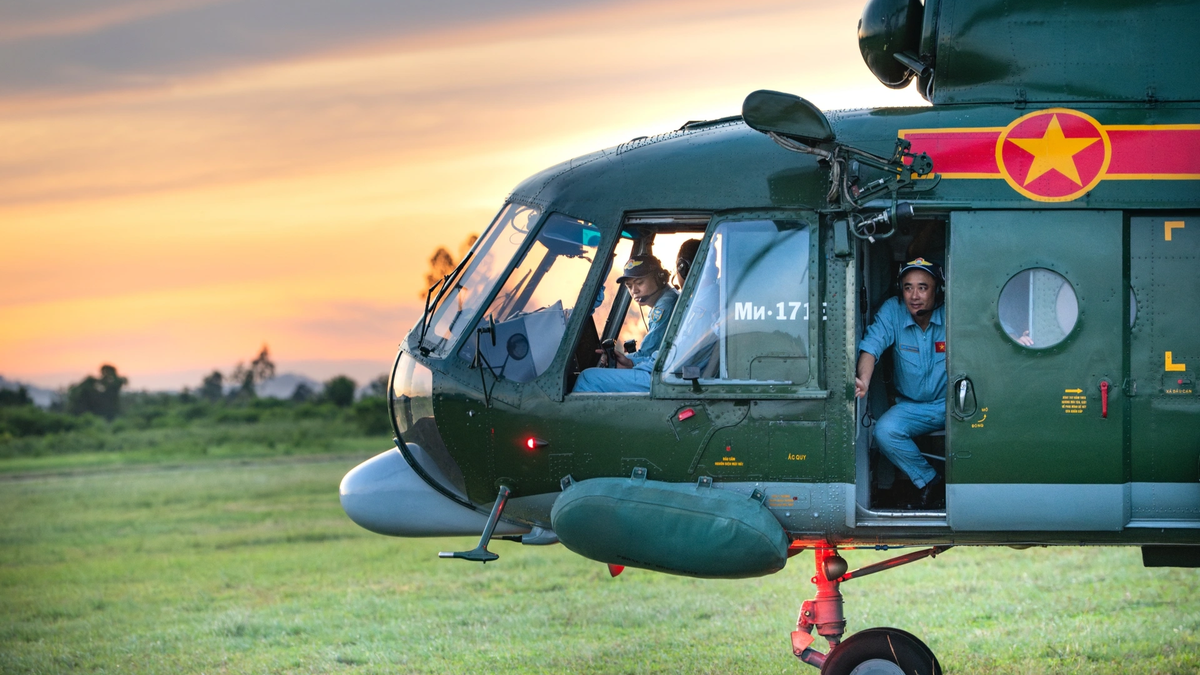






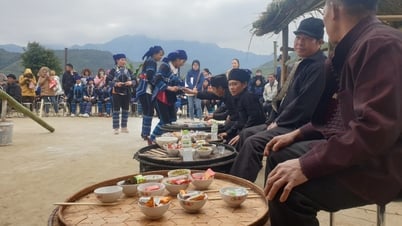
















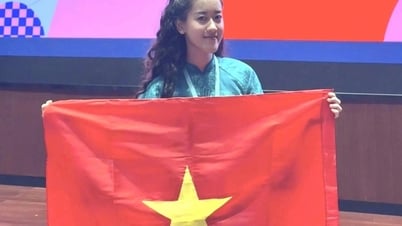






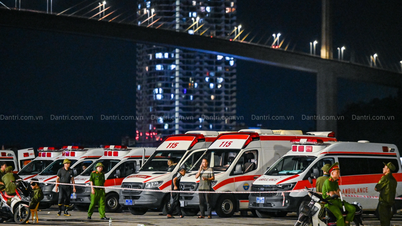
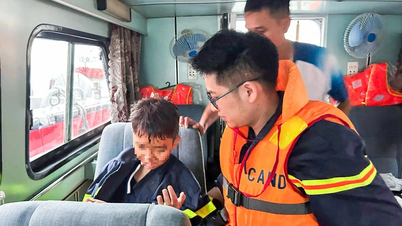



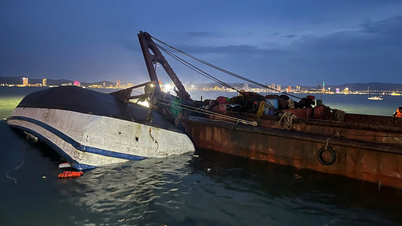





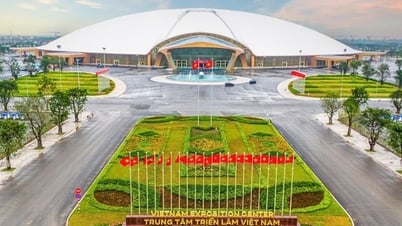
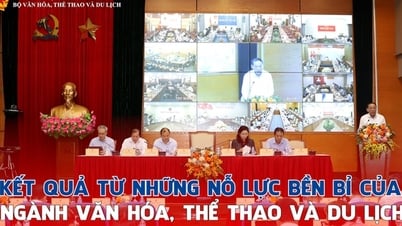
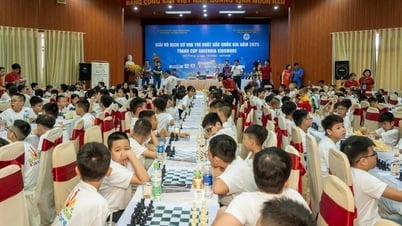

























Comment (0)